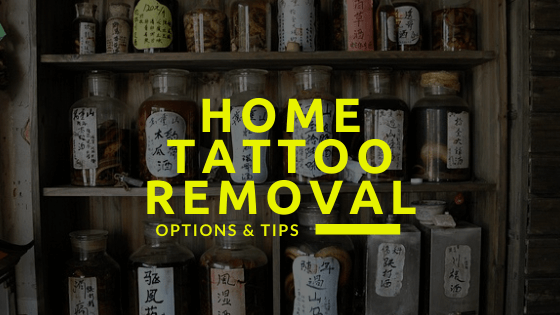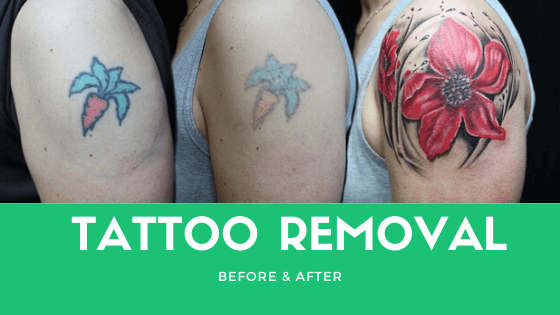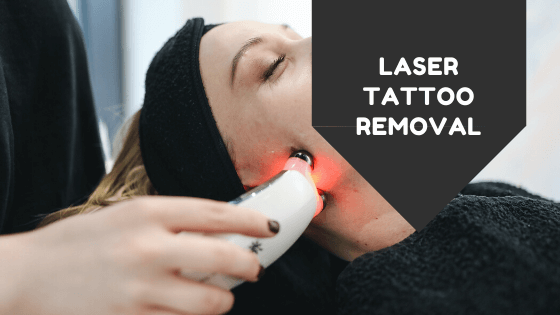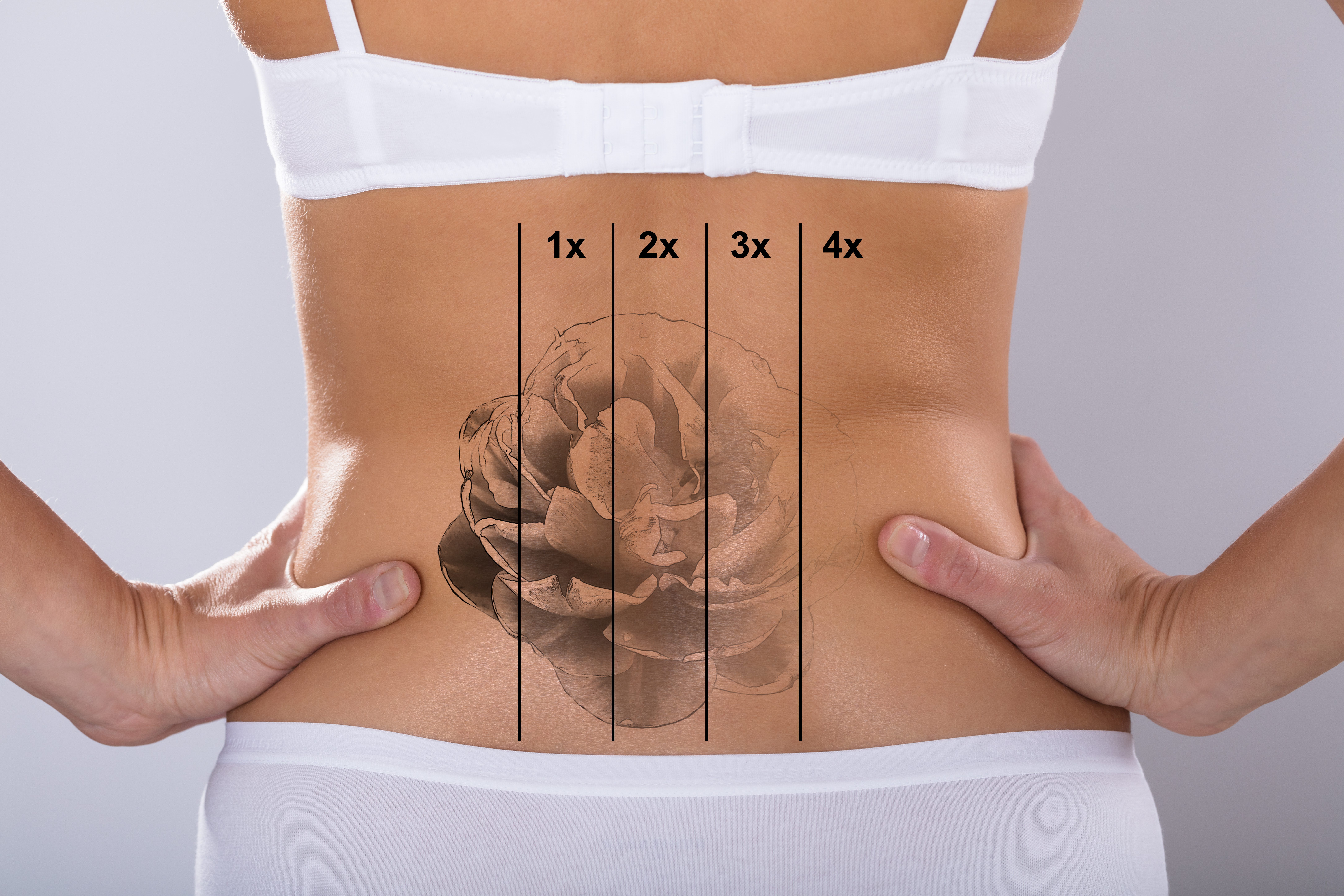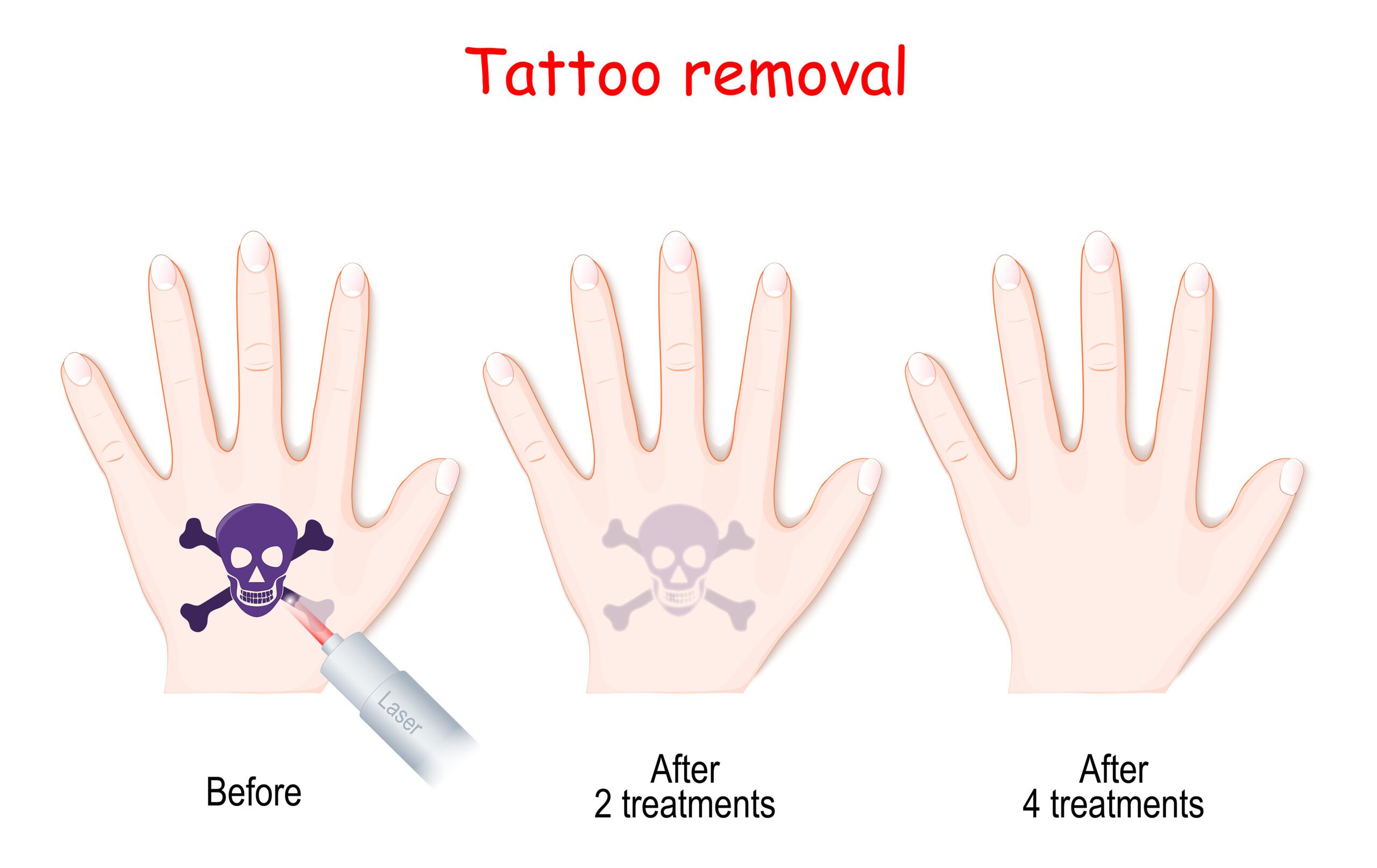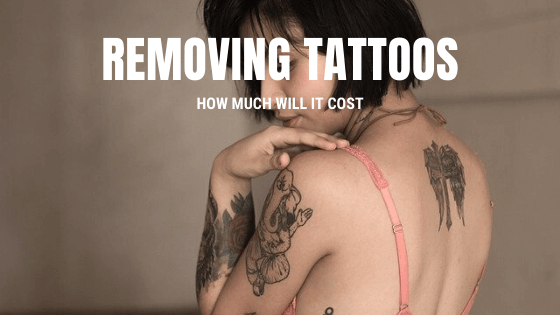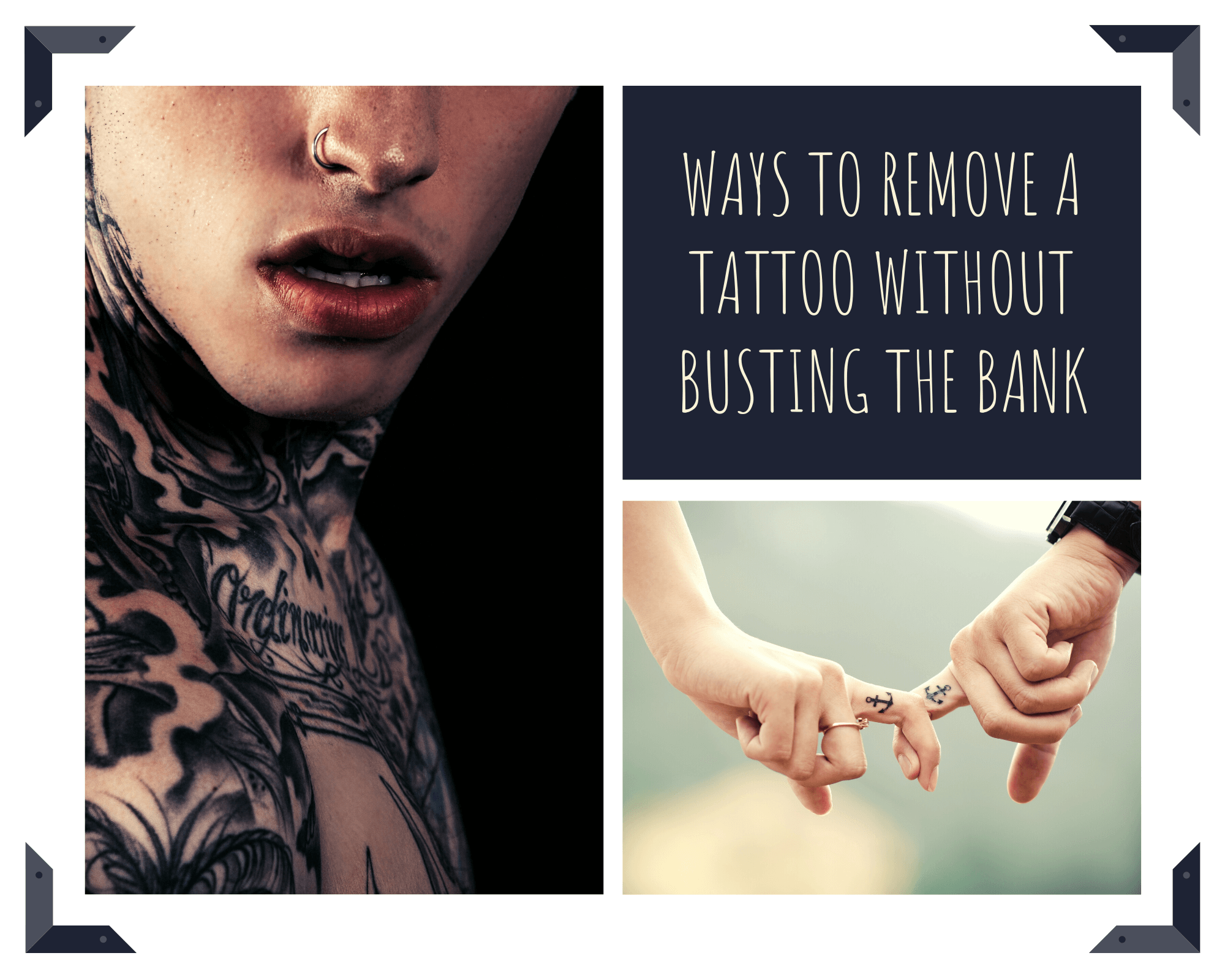Home Tattoo Removal Tips
This article will show you some home tattoo removal tips that make use of DIY methods to get rid of any unwanted tattoos.
Tattoos have always been considered a beloved form of body art. The art of tattooing doesn’t have any rules, and people can easily get tattooed over any of their desired body parts. People even tattoo themselves with a poke tattoo or a homemade tattoo.
Although getting a tattoo can cause a huge amount of pain, many people still go ahead with the decision to have a permanent drawing on their body.
Unfortunately, there are many people who get a permanent tattoo at the spur of the moment. Later on, it might not look like what they expected. Luckily, there are many tattoo removal options such as dermabrasion, cryosurgery, intense pulse light therapy, surgical tattoo removal, and laser treatment tattoo removal. However, these methods can be expensive and may leave unpleasant, permanent scarring afterward.
1 out of 5 people regrets having a tattoo.
The great news is you can practice DIY home tattoo removal using readily available ingredients and products at the comfort of your home. There will be no need for expensive treatments and medical procedures if you follow one of these home tattoo removal remedies.
Home Tattoo Removal Methods Using Natural Ingredients
#1 Salt
Salt naturally has an abrasive property that aids in permanent tattoo removal. The chlorine and sodium compound in the salt will penetrate deeply into your skin. Hence, it will break the ink structure from your skin. Salt is probably one of the cheapest but most effective methods for home tattoo removal.
Tip: Add a little amount of water along with your salt, then soak a sponge or towel in it. Then, rub the sponge on your tattoo for about 30 minutes to an hour. After the procedure, clean your skin using warm water. You may have to repeat this DIY tattoo removal procedure many times to see results.
#2 Honey
Usually, honey is used as a sweetener or an aid for sore throat. However, this sweet substance has far more uses than just a simple cure for sore throat and cough. Honey can be used as a natural and effective home tattoo removal ingredient, especially for tiny and light-colored tattoos.
Tip: Mix two tablespoons of yogurt, aloe vera, aloe vera juice, salt, and honey in a bowl until it turns into a thick paste. After you obtain the desired consistency, gently rub the mixture over your tattooed skin. After an hour, wash it all off with warm water.
Once again, you may have to repeat this DIY procedure several times to see results. Also, it is unlikely to work on large or dark tattoos but better with a small tattoo.
#3 Grinding Stones & Sand Powder
Grinding stones and sand power can be useful for all sorts of home tattoo removal and are efficient and often permanent. They will aid in the detachment of the tattoo ink from your skin. Usually, this will make the tattoo disappear once and for all.
Tip: Blend grinding stones and sand powder with an aloe vera gel. Mix them until they turn into a thick paste consistency. Gently rub it onto your unwanted tattoo until it fades away.
This DIY method can cause your skin to get very sore.
#4 Lemon
The juice, peel, and fruit of the lemon can be used in various unexpected ways. Lemon can also be used to lighten or remove undesirable tattoos permanently. This natural ingredient has a bleaching property because of the natural acids in it. These natural acids will aid in the lightening or removal of the tattoo ink on your skin. Moreover, using lemon juice can be healthy for your skin, as it sustains healthy skin and encourages the production of new skin cells.
Tip: Use salt along with lemon juice. Gently rub this mixture to your skin until the tattoo ink fades in the upper layer of your skin.
#5 Aloe Vera
Aloe vera is considered one of the most useful popular tropical plants with tons of benefits. It is commonly used in skin care products and treatments. However, not all people know that aloe vera can also aid in the removal of undesired tattoos, along with its skin-beautifying benefits.
Tip: The soothing property of aloe vera will help relieve your skin after your home tattoo removal in a similar way to yoghurt.
Home Tattoo Removal Using Creams Or Peels
There are a lot of creams and peels in the market that promises to remove unwanted tattoos. But before giving in to their marketing schemes, make sure to check the product’s ingredients first and look for ingredients such as retinol, glycolic acid, alpha hydroxy acid (AHA). An experienced tattoo artist may even use these potent ingredients to remove an eyebrow tattoo. Here are some products that may help you:
- Lactic Acid 50% Gel Peel
- Salicylic Acid 20% Gel Peel
- Inked Up Tattoo Removal Cream
- Wrecking Balm Tattoo Fade System
- Splendora: 100% TCA Skin Peel Kit
- LilyAna Naturals Retinol Cream Moisturizer
- HerbalXpress LLC: Tattoo Removal Cream 3 Step Action
- BioTOuch Color Lift Permanent Makeup Supplies Cosmetic Tattoo Solution
Home Tattoo Removal Using Make-up Products
With the rise of technologies, more and more cosmetic companies are coming up with better and innovative beauty products that can even cover up your tattoos temporarily. Although this is not permanent tattoo removal, this will be useful, especially for some formal and special occasions where you’d want to consider covering up your tattoos. For instance, if you’re having a formal business meeting, or if you’ll be meeting with your significant other’s parents for the first time and you think that tattoos would not create a positive experience.
If you’re considering covering those tattoos up, you’re in luck because concealing them is quite easy to do if you have the right foundation or concealer. Here are some products that may help you:
- Dermacol Makeup Cover Waterproof Hypoallergenic with SPF 30
- Dermablend Professional Leg & Body Makeup Foundation with SPF 25
- Another Dermablend product: Professional Cover Creme Full Coverage Foundation with SPF 30
- Dermablend Professional Quick-Fix Body Makeup Full Coverage Foundation Stick
In Conclusion
Not every person who wants their tattoo to be removed can afford expensive medical procedures and treatments such as laser removal. And perhaps, you’ve lost all hope to remove those unwanted tattoos on your body because you’re afraid that they will leave an ugly scar afterward. But you’re in luck because there are a lot of natural and cheap alternatives that will help you lighten or remove those tattoos in the comfort of your home.

